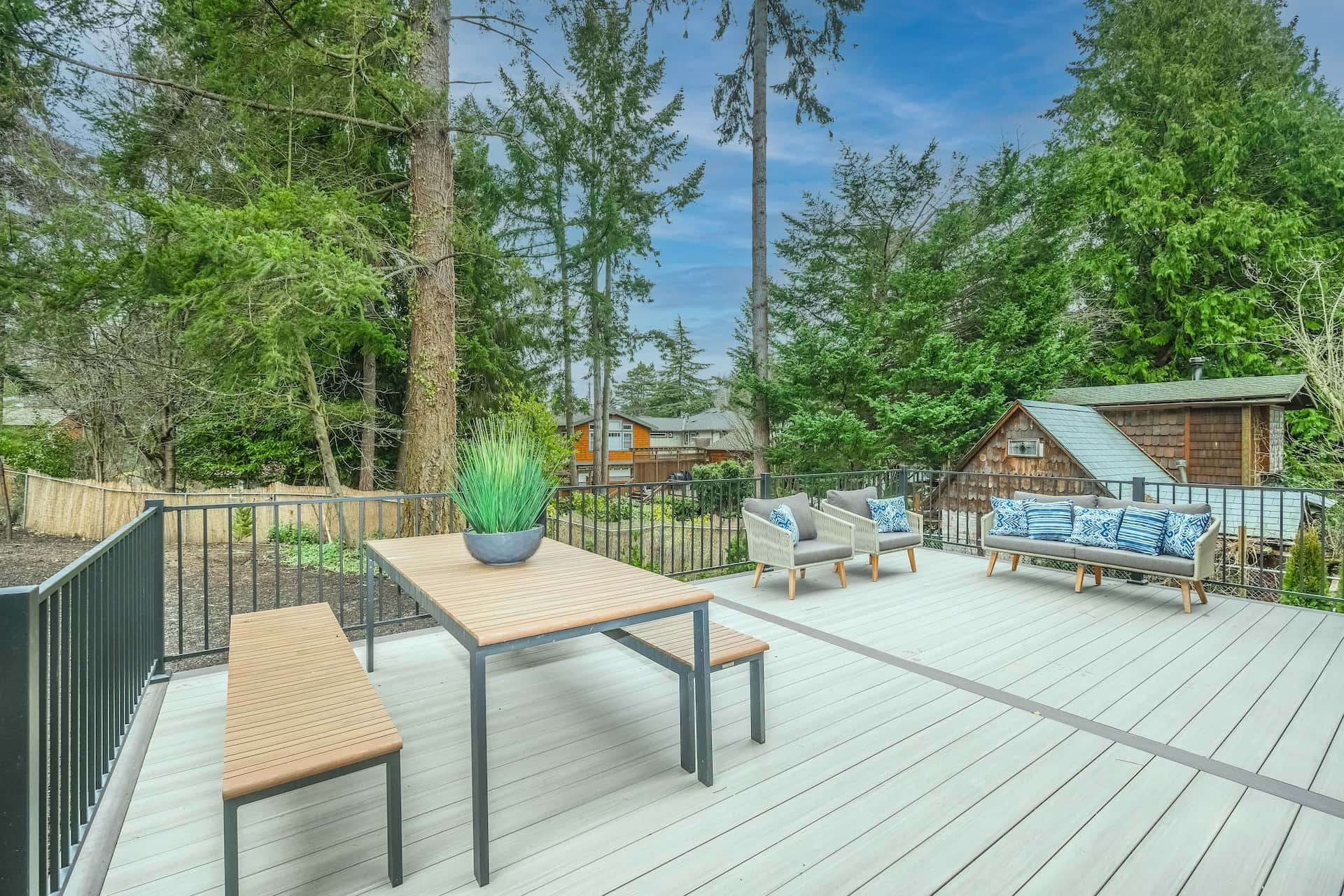
Mastering Textures: How to Use Paint to Create Depth and Contrast in Your Home Oct 01, 2025
When considering how to add texture with paint, start by envisioning the mood you want each room to convey. Texture can add warmth, richness, and personality to a space, making it feel more inviting and engaging. The key to achieving such a transformation often lies in choosing the right type of paint and technique.
Begin with the basics: understanding the types of paint finishes available. Different finishes have distinct effects on texture. Flat or matte paints offer no shine and are excellent for covering imperfections, making them a popular choice for creating a cozy, serene backdrop. In contrast, satin and eggshell finishes provide a subtle sheen, ideal for infusing a space with a gentle glow. For added drama, semi-gloss and gloss finishes can create stunning highlights and reflections, giving surfaces a more polished and sophisticated appearance.
To introduce texture, consider specific painting techniques such as sponging, rag rolling, or stippling. Sponging is achieved by applying a base coat of paint and, once dry, dabbing a sponge lightly dipped in a second color. This technique creates a rich, multi-tonal effect, perfect for adding depth to an accent wall. Rag rolling involves rolling or dragging a twisted rag over wet paint to produce a varied and interesting pattern, suitable for those who want a more dramatic texture. Stippling uses a brush to gently apply paint, creating small, distinct marks on the wall—an excellent way to add a soft, velvety texture.
Color choice is another pivotal factor in creating depth and contrast. While light colors can make a room feel larger and more open, darker shades add intimacy and coziness. To enhance texture, use varying shades of the same color family or consider a color wash technique, where a diluted paint is brushed over a base coat to allow underlying colors to show through.
Additionally, incorporating complementary textures through different mediums can elevate the effect. Pairing textured paint with natural materials like wood or stone can bring out the paint’s tone and surface detail. Similarly, using metallic or pearlescent paints can introduce a luxurious luster that plays beautifully with light and shadow.
Accentuate your walls further with strategically placed lighting. Lighting can dramatically affect how textures are perceived, casting shadows and highlights that emphasize the unique surfaces you've worked to create. The positioning of floor lamps, wall sconces, and overhead lights can transform the same painted texture under different lighting conditions, adding to the ambiance of the room.
In conclusion, using paint to create texture is a versatile and highly effective way to add depth and contrast to your home. By selecting appropriate finishes, experimenting with creative techniques, and pairing your work with strategic lighting, you can transform any space into a personal oasis of style and comfort. Whether you're revitalizing a single wall or undertaking a full-room redesign, Cooper Painting is here to assist with expert advice, quality products, and professional service to bring your creative vision to life.
/filters:no_upscale()/media/8f9ef225-b58d-4b3e-84b6-8394566a93e5.jpeg)